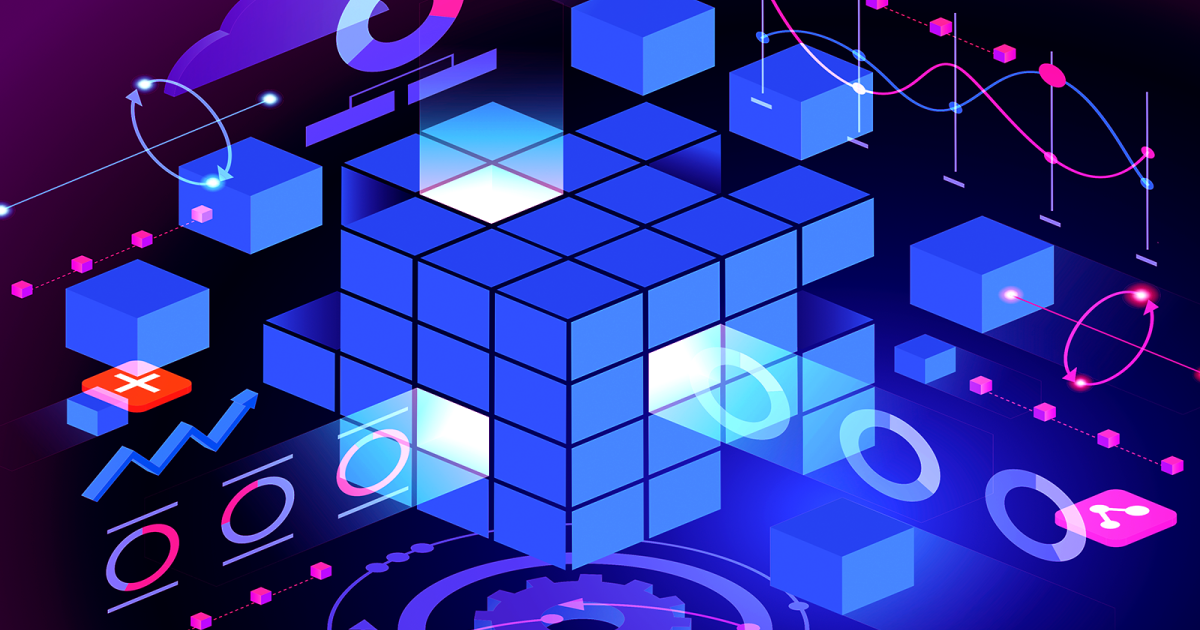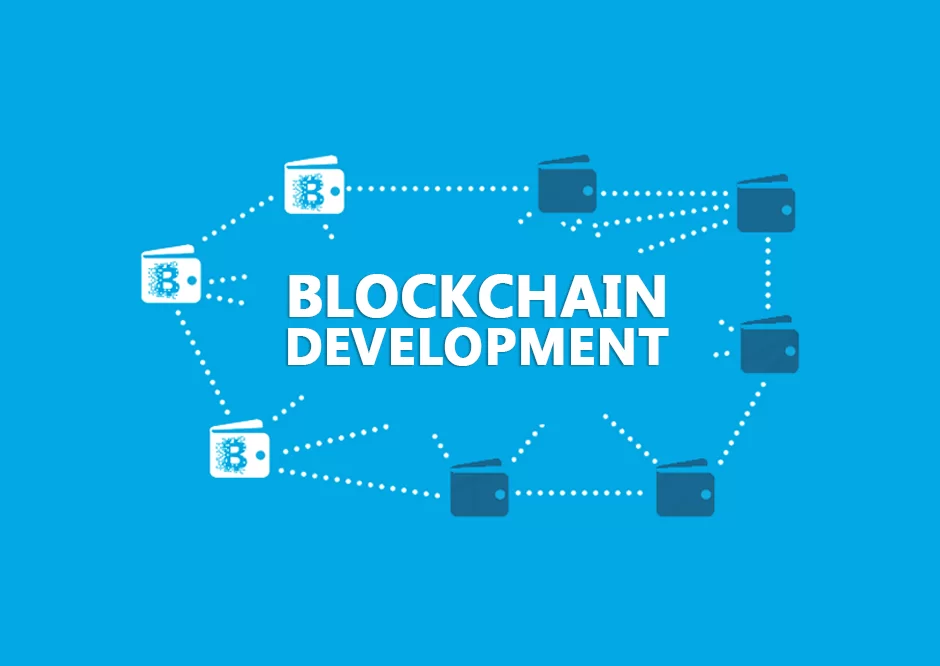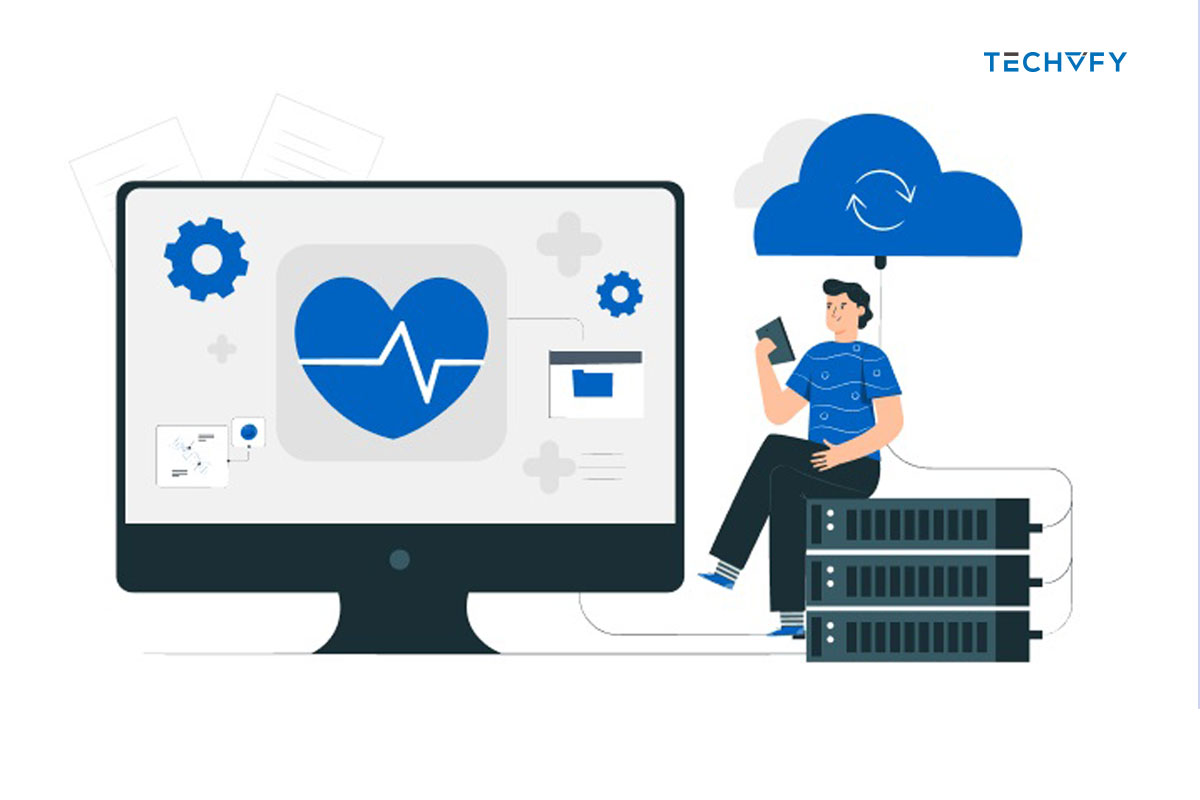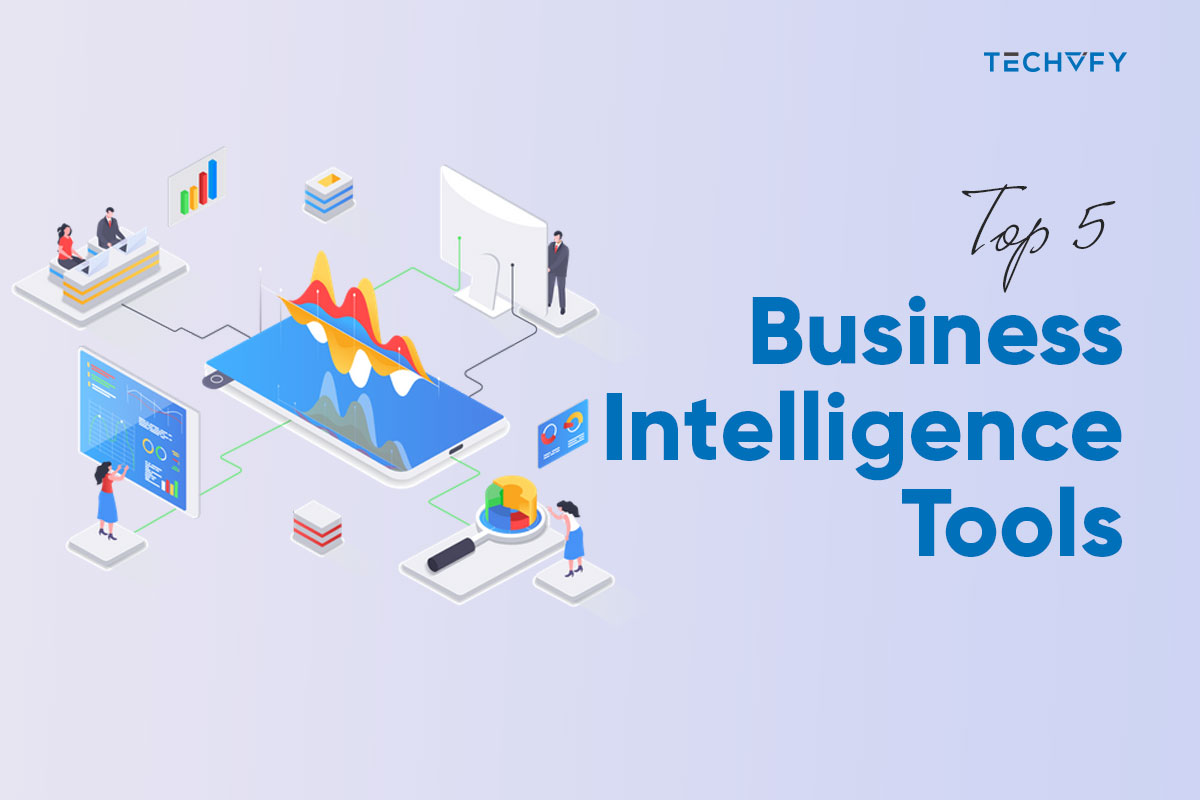In a world where technology is changing things every day, blockchain has stood out for its strong security, transparency, and way of working without a central authority. But have you ever wondered how this technology is actually created? We’re about to take a closer look at the blockchain development process. It’s time to learn about how blockchain comes to life and all the exciting things it can do!
I. What is blockchain development?
Blockchain development means creating a special kind of digital record-keeping system. This system is shared among many people; it can’t be changed once information is added. It’s like a high-tech version of a shared notebook where everyone can write down transactions and keep track of things like money, property, or even ownership rights, all within a network.

Blockchain technology makes sharing information fast, accurate, and safe. Whether you’re watching orders, money, or other important stuff, a blockchain network lets everyone in the group see and store information.
Developing this kind of system has lots of benefits. But before you can make the most of it, you must understand how it works.
II. Types of blockchain solutions
| Blockchain network |
Utilizing Blockchain in Supply Chain Employing Blockchain for Individual Health Records Applying Blockchain for Source and Tracking Information Integrating Blockchain into Insurance Services |
| Blockchain-based transaction platform |
Platforms for Decentralized Finance (DeFi) Marketplace for Non-Fungible Tokens (NFTs) Platforms for Issuing Security Tokens |
| Blockchain-based assets |
Digital Currency (Cryptocurrency) Assets Represented as Tokens Digital Wallets for Cryptocurrencies |
III. Benefits of blockchain solutions
Instant Tracking
Blockchain leaves a trail that shows where something comes from at every step. This is helpful when people care about where a product comes from or if it’s made right. In businesses where fakes and cheating happen, this proof is great. With blockchain, we can even share this proof with customers. Also, this tracking can point out problems in a supply chain, like goods stuck waiting to be transfered.
Improved Security
Think of your sensitive data as a precious item. Blockchain can change how we look at this valuable info. It creates a record that can’t be messed with and is super secure from end to end, stopping bad folks from cheating and doing unauthorized things.
Also, blockchain can fix privacy worries by keeping personal info anonymous and controlling who can access it. Unlike a single computer, information is spread across many of them in a network, making it hard for hackers to peek at.
Faster and Smoother Operations
Doing things with lots of paperwork takes ages, can go wrong, and often needs another party to help. Blockchain fixes this by making things simple and quick. All the papers and details can be kept on the blockchain, so no more passing around papers. And there’s no need to compare different records, so things like clearing and settling can happen much faster.
Better Transparency
Usually, each group keeps its own set of records. But with blockchain, everyone has the same info set in many places. If you can see it, you can view the same info as others, which makes everything clear. Every transaction gets written down and marked with the time and date; nobody can change. Therefore, you can look at any transaction’s complete history, and there’s hardly any chance of cheating.
Automation
Blockchain takes things up a notch with “smart contracts,” making everything smoother and faster. These contracts do things on their own once certain conditions are met, cutting down on humans getting involved and needing others to check if everything’s okay. Like in insurance, when a customer gives all the required papers for a claim, the smart contract can pay them out automatically.
More blockchain-related articles:
Learn More On:
IV. Steps in Blockchain Development Process

Here’s the typical process TECHVIFY follows when creating blockchain solutions for clients:
Step 1: Checking Suitability
First, TECHVIFY understands your needs and goals. We see if a blockchain solution makes sense. Questions might include:
1. Do you need to track tasks between different companies?
2. Is there a steady flow of things in your business?
3. Do you want to cut out outside parties from your processes?
4. Are sensitive documents shared with others?
If these match, blockchain could work. Our expert will discuss your business and list what blockchain benefits you. We then estimate costs and gains.
Step 2: Detailed Blueprint
Once we know a blockchain solution is right for you, the developers get down to planning. We sketch out what the blockchain needs to do and how your apps will talk to it. Our tech team and yours determine how the blockchain fits into your systems.
When the plan is clear, TECHVIFY will dive into specifics:
- Choosing How Things Agree
Imagine a system that decides which computers can say “yes” to new stuff added to the chain and solves disputes when they arise. Our teams often use well-known mechanisms like Proof-of-Work, Proof-of-Stake, and others in our projects.
- Deciding on the Blockchain Foundation
Now, let’s pick where our solution will live. There are two ways: building a whole new blockchain or tweaking an existing one.
- Starting from Scratch
This way takes more time and money but gives you unique digital money. It’s good for startups or fintech companies with a fresh concept.
- Tweaking
Since most blockchains can be modified, we can make a quicker version by changing what’s already there. It’s perfect if you want a new currency without high costs. Many non-fintech clients prefer this.
This choice sets us up to plan the little details. Architects and project managers will determine how things should look, what’s needed, and when everything should be done.
Step 3: Creating and Testing the Blockchain
Now it’s time to build the blockchain solution, including making special software for the blockchain and an app (for the web or mobile) that talks to this software. Developers also set up the technical stuff to host both of these parts.
As we work on these, TECHVIFY’s experts also focus on ensuring high quality. We’re testing as we go, and at the same time, we’re creating to catch any problems or mistakes early. Our testing experts make thorough tests to check everything and choose the right testing network to ensure everything works well after we’re done building.
Step 4: Making It Run
Once we’ve checked that the blockchain solution works on the test network, we’re all set to put it on the actual blockchain network. Our DevOps experts prepare the different parts of the blockchain and make them work with your regular software. Our developers do one more round of testing on the real network, with you involved, before we connect it with any other tools you need (like your usual business software) and launch the solution.
Conclusion
As we wrap up our journey through the world of blockchain development, it’s clear that this technology is more than just a buzzword – it’s a powerful force shaping how businesses function in our digital age. We’ve peeled back the layers of the blockchain development process, revealing how ideas are transformed into real-world solutions.
As data and connectivity continue to shape our world, blockchain emerges as a transformative force. It can reshape supply chains, redefine finance, and reshape digital ownership. If you’re considering harnessing this potential, TECHVIFY is here to guide you. As a leading company in blockchain development projects, we’re ready to turn your vision into reality. Book a free consulting here.
TECHVIFY – Global AI & Software Solution Company
From Startups to Industry Leaders: TECHVIFY prioritizes results, not just deliverables. Accelerate your time to market and see ROI early with high-performing teams, AI (including GenAI) Software Solutions, and ODC (Offshore Development Center) services.
- Email: [email protected]
- Phone: (+84)24.77762.666





